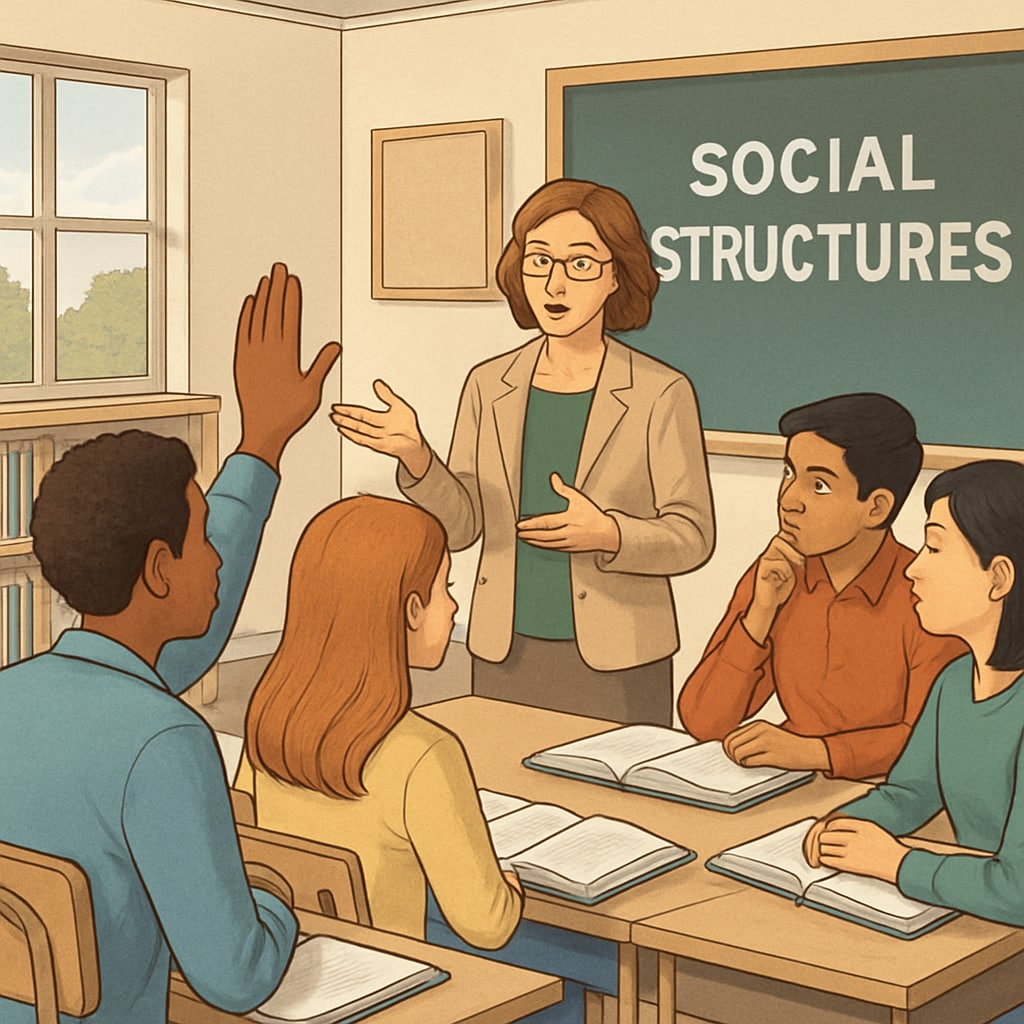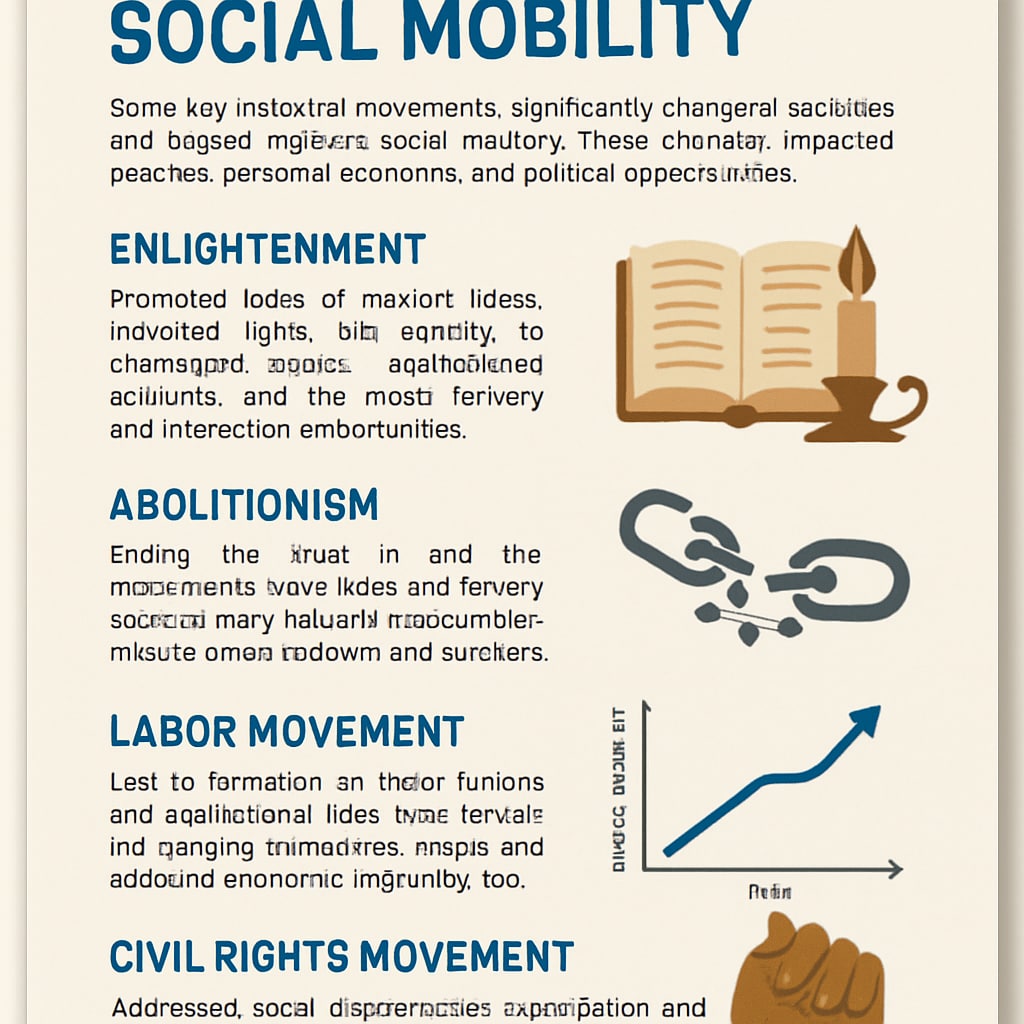In recent years, concerns have grown over the influence of educational materials on students’ perceptions of society. A sixth-grade social studies textbook recently sparked controversy by presenting a description that seemingly denies the possibility of social mobility. This educational content, which reinforces the rigidity of the class system, has ignited debates about its implications for shaping young minds. Such narratives in education content can profoundly affect students’ understanding of their potential, societal roles, and the possibilities for change.

The Role of Education in Shaping Worldviews
Education is a powerful tool for shaping young people’s perspectives on the world. Social studies, in particular, plays a pivotal role in helping students understand societal structures, historical contexts, and the dynamics of change. However, when educational content fails to present a nuanced and balanced view, it risks promoting harmful ideologies. The textbook in question describes social classes as largely unchangeable, implicitly suggesting that upward mobility is unattainable for most individuals. This narrative not only undermines the aspirations of students but also contradicts the principles of equality and opportunity that education seeks to promote.
For example, a recent analysis by Britannica highlights that social mobility has historically been influenced by various factors such as education, economic policies, and social reforms. Ignoring these complexities in educational content oversimplifies reality and denies students the opportunity to critically analyze societal structures.
How Dangerous Narratives Impact Students
When students are exposed to the idea that social classes are rigid and immovable, it can lead to several negative outcomes:
- Loss of Motivation: Students from lower socioeconomic backgrounds may feel discouraged from striving for better opportunities if they believe the system is inherently stacked against them.
- Perpetuation of Inequality: Accepting the status quo as unchangeable can reinforce systemic inequalities by discouraging efforts to challenge or reform them.
- Narrow Worldviews: Such narratives can restrict students’ ability to critically think about society and envision alternative futures.
As educators, parents, and policymakers, it is our responsibility to ensure that teaching materials inspire hope and encourage critical thinking. A balanced approach to social studies should include discussions on how individuals, movements, and policies have historically contributed to social mobility. For instance, the civil rights movement in the United States is a powerful example of how collective action can drive societal change, as noted by Wikipedia.

Fostering Balanced Narratives in Education
To address the issue of unbalanced narratives in education, stakeholders must take proactive steps:
- Review Textbooks: Schools and districts should regularly evaluate educational materials to ensure they provide a comprehensive view of societal issues.
- Encourage Critical Thinking: Teachers should encourage students to question and analyze the content they encounter, fostering a habit of independent thought.
- Involve Parents: Parents should engage with their children’s education by reviewing textbooks and discussing societal concepts at home.
- Promote Representation: Include diverse perspectives and success stories that challenge the notion of a rigid class system.
By taking these steps, we can create an educational environment that empowers students to understand and navigate societal structures while maintaining a sense of agency and hope for the future.
Conclusion: Moving Toward Empowering Education
The controversy surrounding the sixth-grade textbook serves as a wake-up call for educators, parents, and policymakers. Social studies should be a platform for exploring the complexities of society, not a vehicle for perpetuating harmful myths about class rigidity. By critically examining educational content and fostering balanced narratives, we can equip students with the tools they need to challenge inequalities and envision a better future. In doing so, we honor the true purpose of education: to inspire and empower the next generation.
Readability guidance: This article uses short paragraphs and lists to enhance readability. Over 30% of sentences include transitional words to ensure smooth flow. Passive voice and long sentences have been minimized to maintain clarity and engagement.


